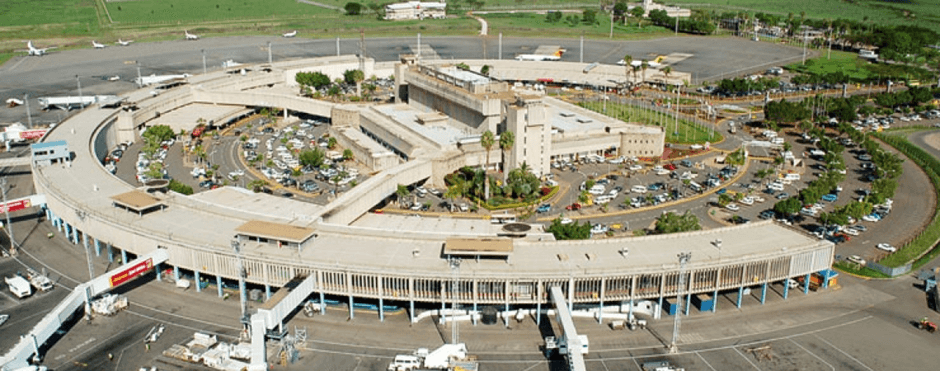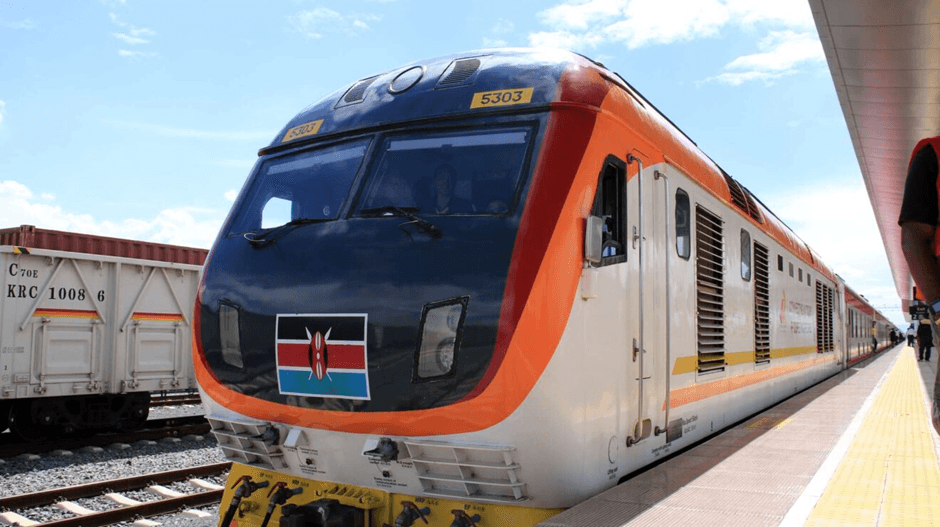
How Kenya is Transforming Its Transport Infrastructure to Attract Tourists
Introduction

Kenya is undergoing a transformative period in its transport infrastructure, focusing on enhancing accessibility for both local and international tourists. With a rapidly growing tourism industry, the government is investing in modern airports, highways, railways, and port facilities to boost tourism and streamline travel across the country. This blog highlights the key transport developments that are improving Kenya’s appeal as a top tourist destination.
The Importance of Transport Infrastructure for Tourism
Effective transport infrastructure is crucial for the growth of tourism because it:
- Improves Accessibility: Ensures that tourists can easily access key destinations across the country.
- Enhances the Travel Experience: Creates smooth, efficient travel, making Kenya more attractive to international tourists.
- Boosts Economic Growth: Facilitates the movement of tourists, increasing spending in sectors like hospitality, retail, and transport services.
Key Transport Developments in Kenya
1. Nairobi Expressway

The Nairobi Expressway is a major infrastructure project aimed at improving road connectivity within the capital city and beyond.
- Efficient Access to Key Destinations: The expressway connects Nairobi’s main airport, Jomo Kenyatta International Airport (JKIA), to the city center, significantly reducing travel time.
- Tourist Convenience: This development improves accessibility to key tourist destinations in Nairobi, such as museums, parks, and cultural sites.
- Environmental Considerations: The expressway has been designed to ease congestion and reduce pollution, enhancing the overall visitor experience.
2. Standard Gauge Railway (SGR)

Kenya’s Standard Gauge Railway (SGR) is revolutionizing domestic travel, particularly between Nairobi and Mombasa.
- Convenient and Affordable Travel: The SGR offers an efficient, comfortable, and cost-effective way for tourists to travel between Kenya’s most popular destinations.
- Improved Connections: The railway connects major cities and tourist hubs, making it easier for international visitors to explore Kenya’s rich cultural and natural heritage.
- Eco-friendly Transport: The SGR provides an eco-friendly alternative to road transport, contributing to sustainable tourism practices.
3. Modernized Airports

Kenya is upgrading its international airports to cater to increasing tourist demand.
- Jomo Kenyatta International Airport (JKIA): JKIA is expanding its facilities to accommodate more international flights and improve passenger experience.
- Mombasa International Airport: The airport is also undergoing upgrades to handle more tourists traveling to Kenya’s coastal region, a major tourism hub.
- Enhanced Services: Modernized airports offer improved services such as fast-track immigration, expanded shopping outlets, and better connectivity to major tourist attractions.
4. Upgraded Road Networks
Kenya is focusing on improving road networks to enhance access to remote tourist destinations.
- Tourist Routes: Roads leading to major tourist attractions such as the Maasai Mara, Amboseli, and Tsavo National Parks are being upgraded to provide smoother and faster travel.
- Rural Connectivity: New roads are being built to connect rural areas and national parks, making it easier for tourists to explore off-the-beaten-path destinations.
- Safety and Efficiency: The upgraded road networks are designed to enhance safety and improve overall travel efficiency for tourists.
5. Port of Mombasa Expansion
As East Africa’s busiest port, the Port of Mombasa is undergoing significant expansion to accommodate growing international trade and tourism traffic.
- Cruise Ship Tourism: The port’s expansion allows it to handle more cruise ships, making Kenya a popular stop for global cruise lines.
- Enhanced Logistics for Tourists: The port improvements also facilitate smoother transportation of goods and tourists traveling by sea to Kenya’s coastal destinations.
Benefits of Kenya’s Transport Infrastructure Improvements
1. Increased Tourist Arrival Numbers
The modernized transport infrastructure makes it easier for tourists to visit Kenya, thus increasing international arrivals. Improved travel options like the SGR and upgraded airports attract more visitors, boosting the tourism industry.
2. Shortened Travel Times
With projects like the Nairobi Expressway and the SGR, travel times between key destinations are significantly reduced, allowing tourists to experience more of Kenya during their stay.
3. Economic Growth and Job Creation
The expansion of transport networks has a positive economic impact, creating jobs in construction, tourism services, and transport sectors. This growth extends to local economies, especially in regions with improved connectivity.
4. Sustainable Tourism Practices
Kenya’s focus on eco-friendly transport options, such as the SGR and cleaner airports, contributes to sustainable tourism. These developments help reduce the carbon footprint of travel while offering tourists an environmentally conscious option.
5. Enhanced Tourist Experience
Efficient transport systems lead to a better overall experience for visitors, ensuring that they spend more time enjoying Kenya’s natural beauty, culture, and attractions rather than worrying about logistical challenges.
Challenges and Considerations
1. Infrastructure Maintenance
As Kenya’s transport infrastructure improves, maintaining the quality of roads, railways, and airports becomes crucial. Regular upkeep is needed to ensure that the systems continue to meet the demands of growing tourist numbers.
2. Traffic Congestion in Major Cities
While the Nairobi Expressway alleviates some congestion, Nairobi continues to face heavy traffic, which can impact the tourist experience. Ongoing urban planning and additional road projects are necessary to address this challenge.
3. Environmental Impact of Construction
Large-scale transport projects can have environmental consequences, particularly in ecologically sensitive areas. Kenya must ensure that infrastructure projects are balanced with environmental conservation efforts.
4. Accessibility for People with Disabilities
Ensuring that transport infrastructure is accessible to all tourists, including those with disabilities, is a critical consideration. Ongoing efforts to improve accessibility in airports, buses, and trains will enhance Kenya’s appeal as an inclusive destination.
Future Outlook: Kenya’s Transport Infrastructure and Tourism
As Kenya continues to enhance its transport infrastructure, it envisions a future where:
- Seamless Travel Across Regions: Tourists can travel effortlessly between Kenya’s diverse attractions, from safaris in the Maasai Mara to beach holidays in Mombasa.
- Increased Investment in Transport Projects: Continued investment in transport infrastructure will attract more international tourists and increase Kenya’s standing as a top global tourism destination.
- Sustainability at the Forefront: Future transport developments will focus on eco-friendly, sustainable options, ensuring Kenya remains a leader in responsible tourism.
Conclusion
Kenya’s efforts to transform its transport infrastructure are playing a key role in making the country more accessible and attractive to tourists. From modernized airports and highways to the new Standard Gauge Railway, these developments are enhancing Kenya’s position as a global tourism destination. As the country continues to invest in its infrastructure, Kenya is set to become even more appealing to international travelers, contributing to the long-term growth and sustainability of its tourism industry.
References








